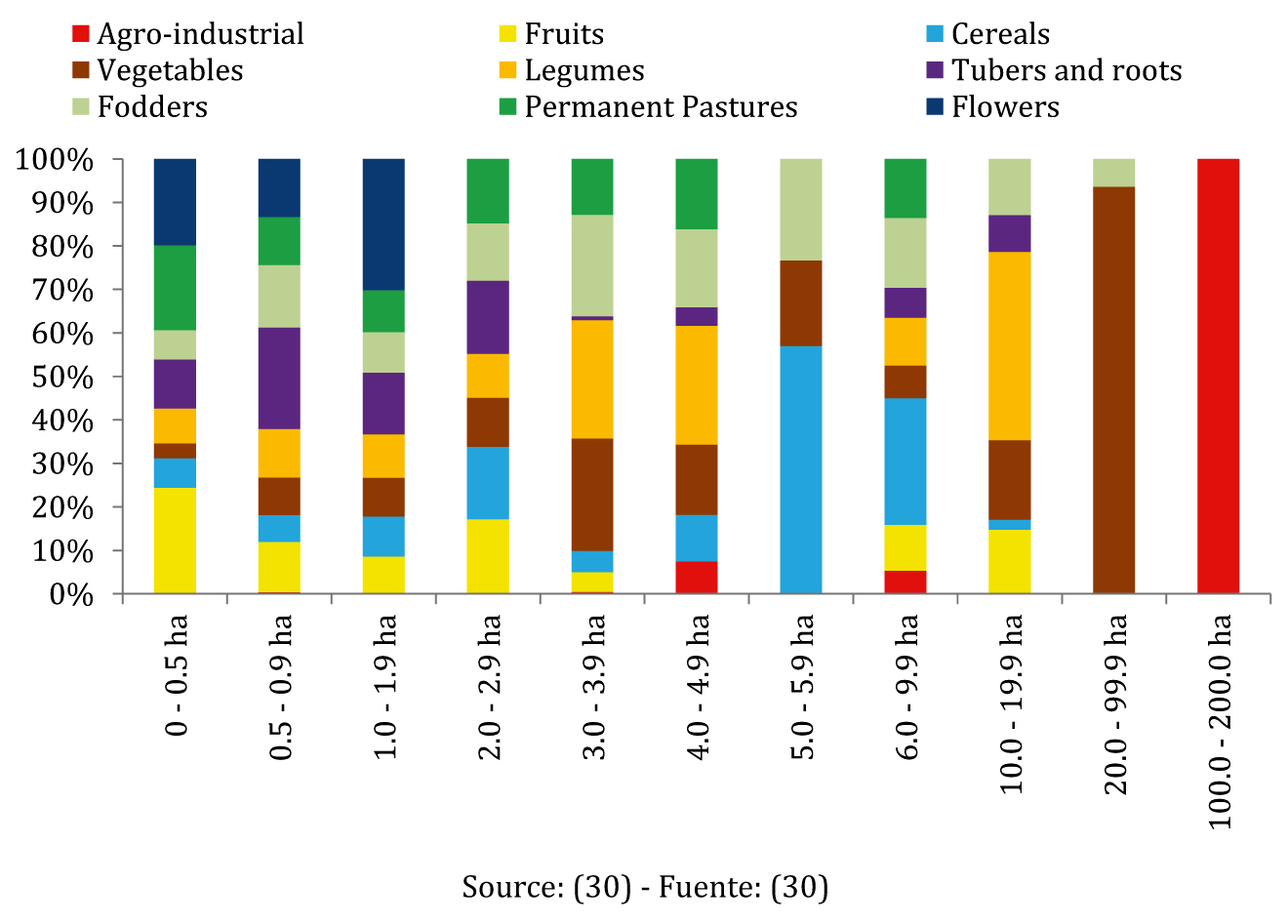Reintroduction of native cotton (Gossypium Barbadian) on the North coast of Peru: Analysis of economic feasibility for small producers
Keywords:
Gossypium Barbadense, native cotton, small farmers, farm economic data analysis, scenario analysis, sensitivity analysis, PeruAbstract
In Peru the agro-export boom has determined a major shift of large farmers from traditional agro-industrial crops (coffee and cotton) to new agribusinesses
(asparagus, oranges, avocados, apples). These dynamics have left room for the small farmers to enter the traditional agro-industrial sector, or into new niche markets as in the case of native cotton. On the North coast of Peru the cultivation of the native and naturally coloured cotton (Gossypium Barbadense spp. locally called algodón El País) is part of the Moche indigenous culture (a local pre-Inca population). Since 1949 the Peruvian legal prohibition to produce native cotton, linked to the risk of genetic contamination of the industrial white cotton cultivations, made the keeping of these traditional varieties very difficult. Nevertheless the situation has totally changed since 2008 due to Regulation nº 29224 declaring native cotton as a genetic, ethnic and cultural heritage of the country. This study analyses the economic feasibility of re-inserting the native cotton as part of the agricultural production of 50 farmers on the North coast of Peru, proposing a farm economic data analysis, scenario analysis and sensitivity analysis based on OFAT (One Factor at A Time) methodology: the results attest that in all the productive scenarios proposed (10%, 25% and 50% of the farm agricultural surface growing native cotton) the average farm incomes are going to increase. Moreover the sensitivity analysis attests that also in the worst conditions of a 10% decrease in the native cotton price, the average farm incomes with native cotton are higher compared to the business as usual scenario in all three productive scenarios proposed.

Downloads
Published
Issue
Section
License
Aquellos autores/as que tengan publicaciones con esta revista, aceptan las Políticas Editoriales.


